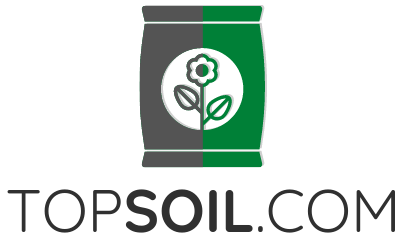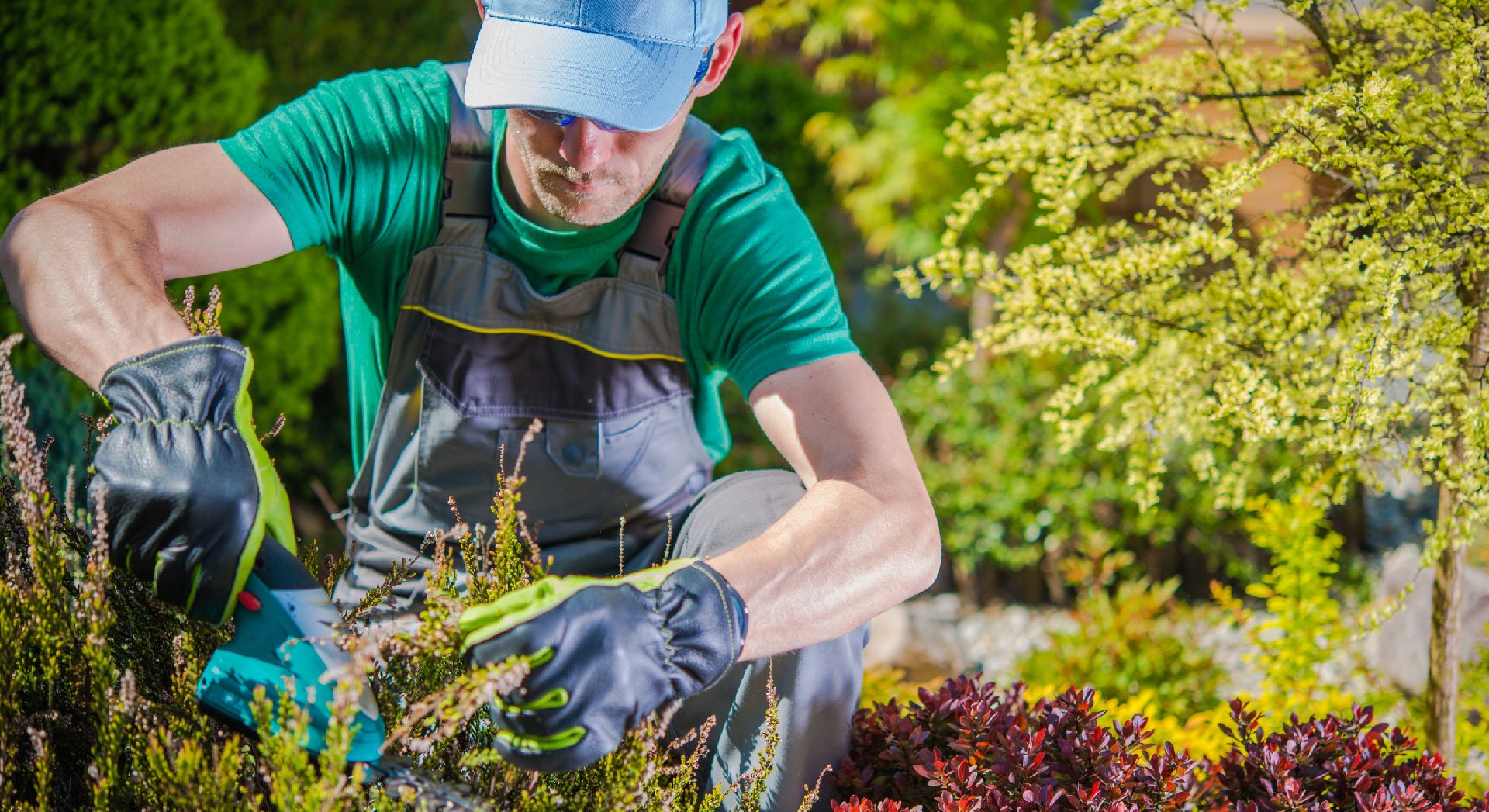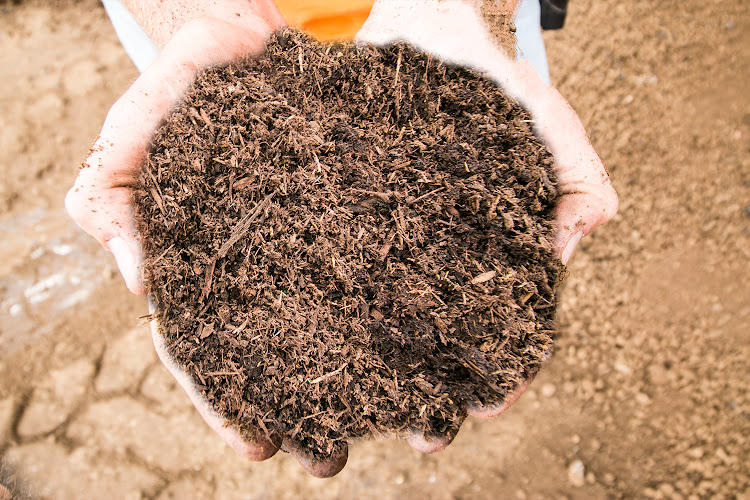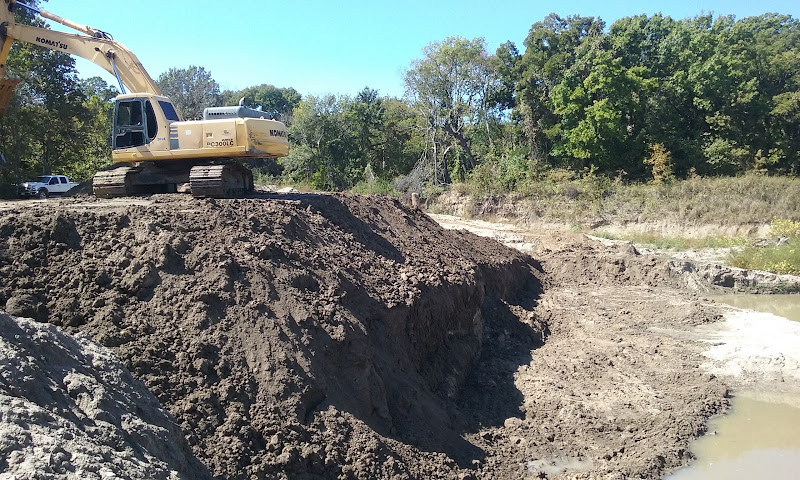Understanding Topsoil
To effectively calculate how much topsoil you need for your gardening project, it’s essential to understand what topsoil is and why it is important for gardening.
What is Topsoil?
Topsoil refers to the uppermost layer of soil, typically the top 2 to 8 inches (5 to 20 centimeters), that is rich in organic matter, nutrients, and microorganisms. It is the layer where most plants’ roots grow and obtain essential nutrients for their growth and development.
Topsoil is a complex mixture consisting of mineral particles, organic matter, water, air, and living organisms. The mineral particles in topsoil are derived from the weathering of rocks and minerals over time. Organic matter, such as decomposed plant and animal material, contributes to the fertility and nutrient content of the soil. This combination of elements creates the ideal environment for plants to thrive.
Why is Topsoil Important for Gardening?
Topsoil plays a crucial role in gardening for several reasons:
- Nutrient Availability: Topsoil is rich in essential nutrients like nitrogen, phosphorus, and potassium, which are necessary for plant growth. The organic matter in topsoil acts as a nutrient reservoir, releasing nutrients gradually as plants need them.
- Water Retention: The organic matter in topsoil helps retain moisture, allowing plants to access water for extended periods. Adequate water retention is vital for plant hydration and overall health.
- Root Growth: The loose and nutrient-rich nature of topsoil promotes robust root development. Well-established roots enable plants to access water and nutrients more efficiently, leading to healthier and more productive plants.
- Microbial Activity: Topsoil is teeming with microorganisms, including bacteria, fungi, and earthworms. These beneficial organisms break down organic matter, improve soil structure, and aid in nutrient cycling. They create a healthy soil ecosystem that supports plant growth.
Understanding the importance of topsoil in gardening will help you make informed decisions about the amount of topsoil you need for your specific project. Factors such as the area to be covered, the desired depth of topsoil, and the specific needs of your plants will influence the quantity of topsoil required.
For more information on calculating topsoil needs and other related topics, refer to our articles on how much does a yard of topsoil weigh? and how much is a yard of topsoil?.
Calculating Topsoil Needs
Before starting your gardening project, it’s important to determine how much topsoil you’ll need. Calculating the right amount of topsoil ensures that your plants have enough nutrients and space to thrive. In this section, we’ll walk you through the process of measuring your garden area, determining the depth of topsoil needed, and calculating the volume of topsoil required.
Measuring Your Garden Area
The first step is to measure the area of your garden where you plan to add topsoil. Take a tape measure and measure the length and width of the area in feet. If your garden has irregular shapes, divide it into smaller, measurable sections and calculate the area of each section separately. Once you have these measurements, multiply the length by the width to get the total area in square feet.
Determining the Depth of Topsoil Needed
Next, determine the depth of topsoil needed for your particular gardening project. The depth of topsoil can vary depending on the type of plants you want to grow. For most garden beds, a depth of 6 to 12 inches is sufficient to support plant growth. However, for specific plants or landscaping projects, you may need a greater or lesser depth of topsoil. Consider researching the specific requirements of your plants or seek advice from a horticulturist or gardening expert to determine the ideal depth.
Calculating the Volume of Topsoil Required
To calculate the volume of topsoil required, multiply the area (in square feet) by the depth (in feet). This will give you the volume in cubic feet. If you prefer to use a different unit of measurement, such as cubic yards or cubic meters, you can convert the volume accordingly.
For example, let’s say you have a garden area that measures 10 feet by 20 feet, and you want to add topsoil to a depth of 6 inches (0.5 feet). Here’s how you can calculate the volume of topsoil needed:
Volume of Topsoil = Area × Depth
Volume of Topsoil = 10 feet × 20 feet × 0.5 feet
Volume of Topsoil = 100 cubic feet
Remember that topsoil is typically sold in cubic yards or bags. If you need to convert cubic feet to cubic yards or bags, you can refer to our article on how much is a yard of topsoil? or how many bags of topsoil in a yard? for additional guidance.
Calculating the right amount of topsoil ensures that you have enough to cover your garden area adequately. Additionally, it helps you avoid over-purchasing and wasting resources. Now that you have determined the volume of topsoil required, you can proceed to purchasing topsoil and preparing your garden for a successful growing season.
Factors to Consider
When determining how much topsoil you need for your garden, there are several factors to consider that can influence the success of your gardening endeavors. These include soil amendments and nutrient content, drainage and moisture retention, and bulk density of topsoil.
Soil Amendments and Nutrient Content
Before adding topsoil to your garden, it’s crucial to assess the existing soil’s nutrient levels and make any necessary amendments. Conducting a soil test can provide valuable insights into the soil’s pH level, nutrient deficiencies, and organic matter content. Based on the results, you may need to enrich the soil with organic compost, manure, or other soil amendments to improve its fertility and overall health.
By understanding the specific nutrient requirements of your plants, you can tailor your topsoil selection to fulfill those needs. Different plants have varying nutrient requirements, and ensuring that your soil provides an adequate supply of essential elements is key to promoting robust plant growth. For more information on soil amendments and their benefits, refer to our article on what is topsoil used for?
Drainage and Moisture Retention
Proper drainage is crucial for the health of your plants. Soil that retains excessive moisture can lead to root rot and other plant diseases. On the other hand, soil that drains too quickly may result in insufficient water retention, leading to dehydration and stunted growth.
When selecting topsoil, consider its ability to maintain the right balance of moisture for your plants. Look for topsoil that has good drainage properties while still retaining enough moisture for plant roots to access. Organic matter, such as compost, can help improve both drainage and moisture retention in the soil.
Bulk Density of Topsoil
The bulk density of topsoil refers to its weight per unit volume. Understanding the bulk density of the topsoil you choose is essential when calculating the volume of topsoil you need for your garden. The bulk density can vary depending on factors such as soil texture and composition.
To ensure optimal plant growth, it’s important to avoid compacted soil with high bulk density. Compacted soil can restrict root growth and limit the movement of air, water, and nutrients. Looser, well-aerated soil is preferable for healthy plant development.
When purchasing topsoil, inquire about its bulk density to ensure that it aligns with your gardening needs. For more information on the weight of topsoil and how it relates to bulk density, refer to our article on how much does a yard of topsoil weigh?.
Considering these factors will help you make informed decisions when selecting and incorporating topsoil into your garden. By understanding the nutrient content, drainage properties, and bulk density of the topsoil, you can provide an optimal growing environment for your plants and maximize the success of your gardening endeavors.
Purchasing Topsoil
When it comes to buying topsoil for your gardening needs, there are a few important considerations to keep in mind. This section will discuss where to buy topsoil, questions to ask when purchasing topsoil, and tips for selecting high-quality topsoil.
Where to Buy Topsoil
Topsoil can be purchased from various sources, including garden centers, landscaping supply stores, and online retailers. It’s important to choose a reputable supplier that offers high-quality topsoil suited for your specific gardening needs. If you’re wondering “where to buy topsoil near me,” consider checking local garden centers or contacting landscaping companies for recommendations. Online resources can also provide information on where to buy topsoil in bulk near you. For more information on finding topsoil suppliers, visit our article on where to buy topsoil.
Questions to Ask When Buying Topsoil
To ensure you’re purchasing topsoil that meets your requirements, it’s essential to ask the right questions. Consider asking the following when buying topsoil:
- What is the source of the topsoil? Knowing the origin of the topsoil can provide insights into its quality and potential contaminants it may contain.
- What is the composition of the topsoil? Understanding the mixture of organic matter, sand, clay, and other components in the topsoil can help determine its suitability for your gardening needs.
- Has the topsoil been tested? Inquiring about any soil testing that has been conducted can provide information on its nutrient content and pH levels.
- Does the topsoil contain any additives or amendments? Some topsoil products may include additives or amendments to enhance its fertility or drainage properties. It’s important to know what is included in the topsoil you’re considering.
- What is the price and quantity available? Understanding the cost and quantity of topsoil available can help you plan and budget for your gardening project.
Asking these questions will help you make an informed decision and ensure you choose the right topsoil for your garden.
Tips for Selecting High-Quality Topsoil
When selecting topsoil, it’s important to consider the following tips to ensure its quality:
- Inspect the topsoil: Look for topsoil that is dark, crumbly, and free from rocks, weeds, or debris. This indicates a well-composed and fertile soil.
- Check for certifications: Look for topsoil that has been certified by reputable organizations to ensure its quality and adherence to industry standards.
- Read customer reviews: If purchasing topsoil online, read customer reviews to gauge the experiences and satisfaction levels of previous buyers.
- Consider the cost: While cost is a factor, prioritize quality over price. Investing in high-quality topsoil will benefit your garden in the long run.
By considering these tips and asking the right questions, you can make an informed decision and select topsoil that will provide optimal results for your gardening endeavors. Remember to also refer to our article on how much topsoil do I need to ensure you calculate the appropriate quantity for your garden project.
Spreading and Incorporating Topsoil
Once you have determined the amount of topsoil you need for your garden, it’s time to spread and incorporate it properly. This section will guide you through the process, including preparing the garden area, spreading the topsoil, and mixing it with the existing soil.
Preparing the Garden Area
Before spreading the topsoil, it’s important to prepare the garden area properly. Start by removing any existing weeds, rocks, or debris from the surface. This will create a clean and level foundation for the topsoil. If necessary, loosen the soil beneath the area to promote better drainage and root penetration.
Spreading the Topsoil
To ensure an even distribution of topsoil, start by dumping piles of it across the garden area. Use a rake or shovel to spread the topsoil evenly, working from one end to the other. Aim for a consistent layer of topsoil across the entire garden bed, taking care not to create uneven mounds or depressions.
If you’re spreading a large quantity of topsoil, consider using a wheelbarrow or garden cart to transport it more efficiently. This can help save time and energy during the spreading process.
Mixing Topsoil with Existing Soil
To fully incorporate the topsoil into your garden, it’s important to mix it with the existing soil. This step helps to improve soil structure, fertility, and drainage. Use a garden fork or tiller to blend the topsoil and existing soil together. Work the tool into the soil to a depth of 6 to 8 inches, loosening and turning the soil as you go.
The process of blending the topsoil and existing soil can be repeated multiple times to ensure thorough incorporation. Keep in mind that the ratio of topsoil to existing soil will depend on the specific needs of your garden and the quality of the existing soil. It’s recommended to aim for a balanced mixture that provides adequate nutrients, moisture retention, and aeration.
By following these steps, you can effectively spread and incorporate the topsoil into your garden, creating a fertile and healthy growing environment for your plants. Remember to consider other factors like soil amendments, drainage, and moisture retention to further optimize your garden’s success. For more information on topsoil and related topics, check out our article on where to buy topsoil near me and can I put topsoil over grass and reseed.





